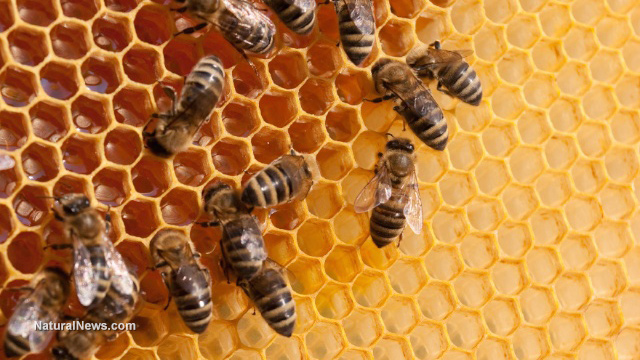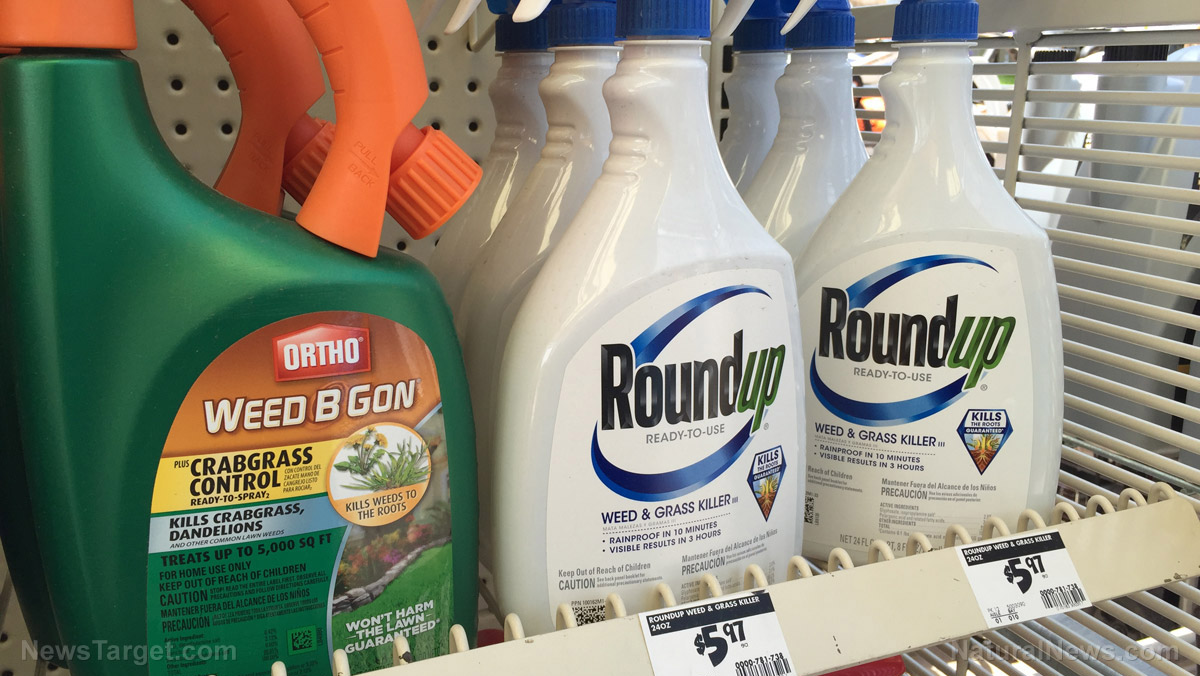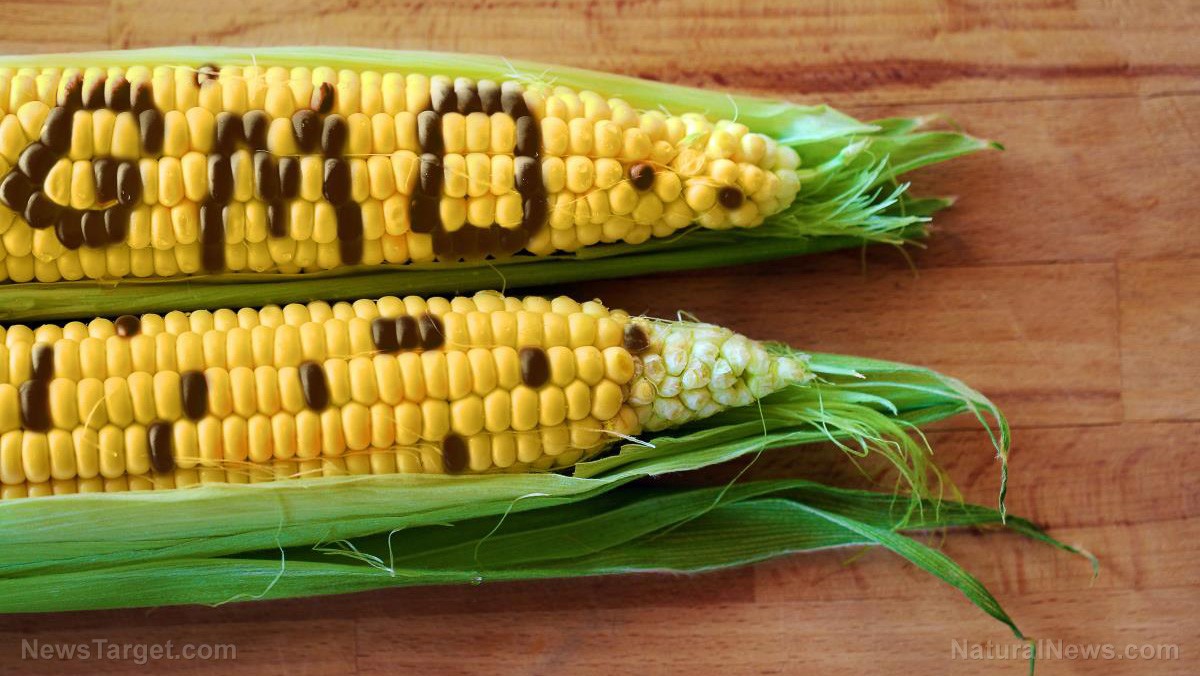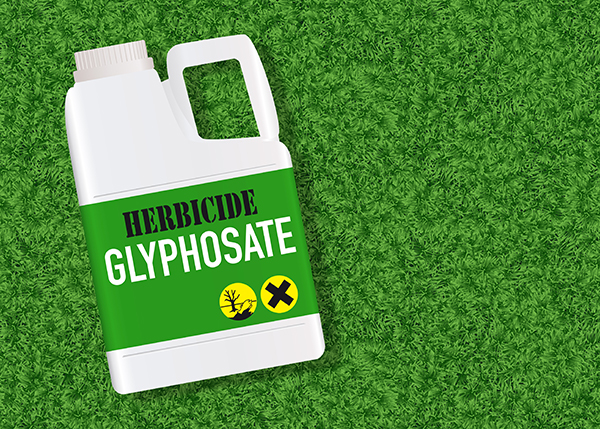
There are many factors in the decline of bee populations: Habitat destruction, disease, pesticides and GMO agriculture are all thought to play a role in the decimation of one of our most needed species of insects. Bees are essential to the pollination of many crops grown for food, and it is doubtful that the loss of these little critters will come without consequences.
The decimation of what was previously a widespread and common bee species shows just how damaging human impact can be. And while many pesticide and herbicide manufacturers, like Monsanto, claim that their products are "bee safe," it is clear that simply is not the case.
Monsanto and their ilk have indeed played a substantial role in the devastating decline in bumblebees. Research has shown that glyphosate, which is the most widely used herbicide in the states, can be very harmful to bees.
How Monsanto harms bees
Past research has shown that glyphosate is capable of doing serious damage to bees, even at sub-lethal doses that are equivalent to what may typically be found in the environment. In 2014, researchers from Argentina found that Roundup can actually cause bees to starve by interfering with their senses.
In the study, the researchers used field-relevant doses of glyphosate to examine its effects, and what they found was shocking. Glyphosate exposure actually decreased the bees' sensitivity to sucrose, which resulted in a decreased ability to find food. Exposed bees also exhibited poor memory and decreased learning capacity. The researchers noted that bees that come into contact with glyphosate were also more likely to experience Colony Collapse Disorder, most likely because the herbicide renders them unable to find their way back to the hive.
The team also found that indirect exposure to the herbicide occurred as well. After being exposed to glyphosate while gathering nectar, the bees then brought traces of the toxic chemical back to their hives, poisoning the rest of the colony as well. The researchers found that exposure to glyphosate from tainted nectar reduced the entire colony's ability to function normally.
In the study's abstract, the researchers wrote, "[W]e speculate that successful forager bees could become a source of constant inflow of nectar with GLY [glyphosate] traces that could then be distributed among nestmates, stored in the hive and have long-term negative consequences on colony performance."
Given that glyphosate is one of the most widely used agrochemicals in the world, the fact that it can cause bees to lose their hives and impair their foraging abilities is quite concerning. While glyphosate is not the only chemical that is known to harm bees, it certainly may be the most common.
Glyphosate, of course, is not the only item produced by Monsanto that has had catastrophic effects on the environment. For example, the nitrogen fertilizers used for Monsanto's GM crops have seriously depleted soil quality across the country, and has reduced the soil's ability to soak up carbon. In essence, these fertilizers are turning farmland into veritable deserts where nothing useful can grow. GM crops are also associated with a loss of biodiversity, and the elimination of flowering weeds that many pollinators use as a source of nectar.
So in addition to their grievously harmful herbicide, Roundup, being sprayed across the US, Monsanto also contributes to bee deaths in other ways, such as reducing pollinator food sources and habitats. Being that glyphosate is the most-used herbicide in the country, it stands to reason that the harmful effects of this herbicide cause more harm, simply because it is used more often than other chemicals. But, the fact remains that many types of pesticides and agrochemicals can harm bees.
Sources:
Please contact us for more information.























